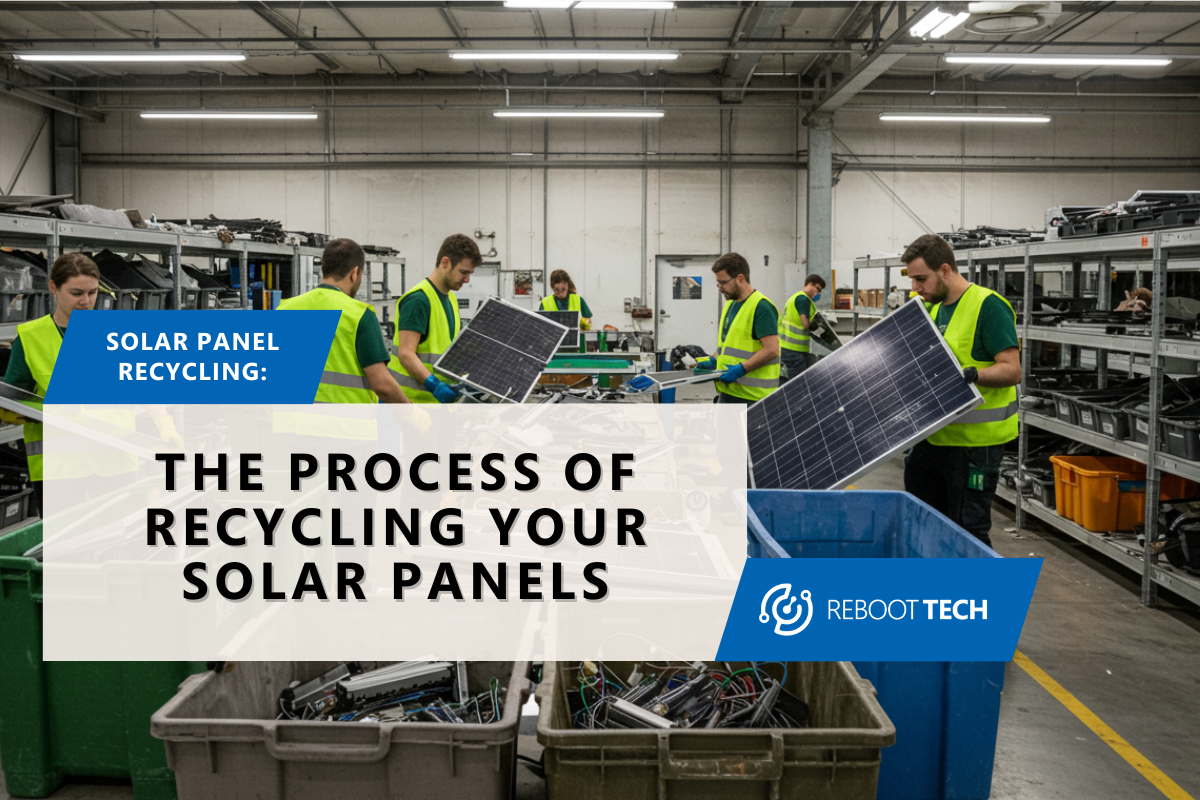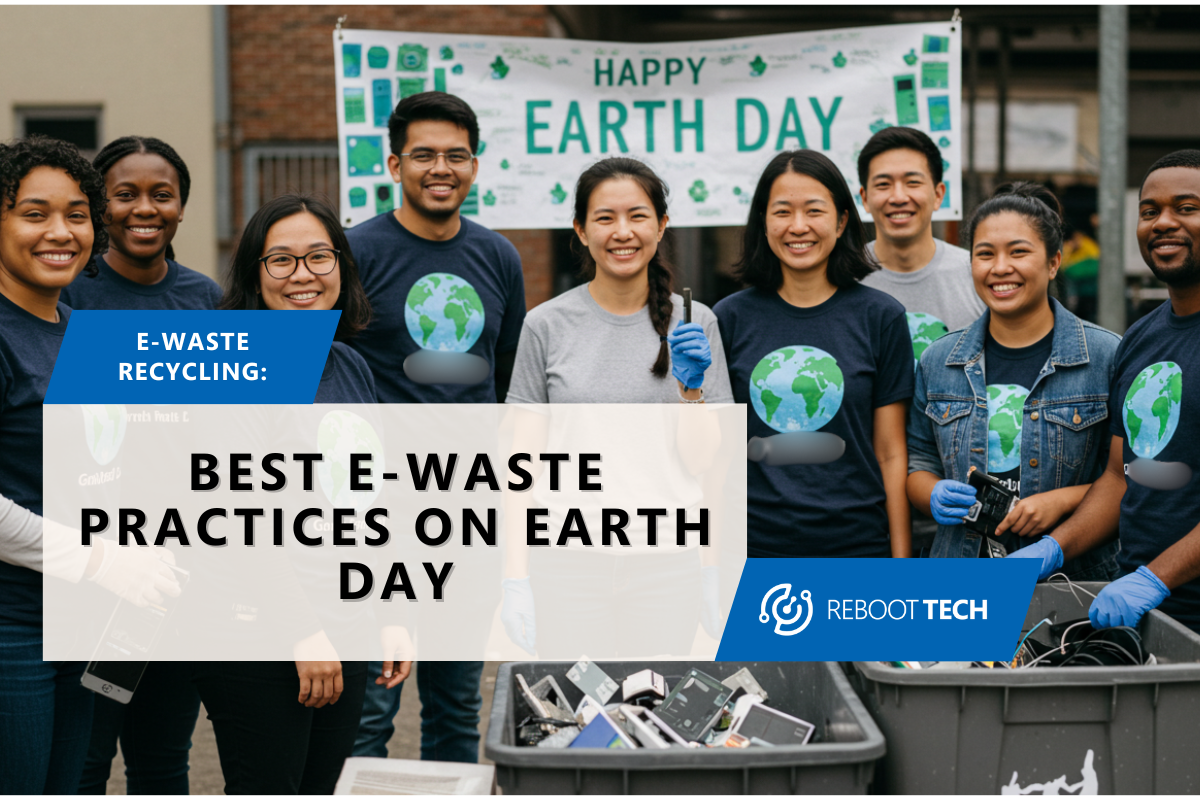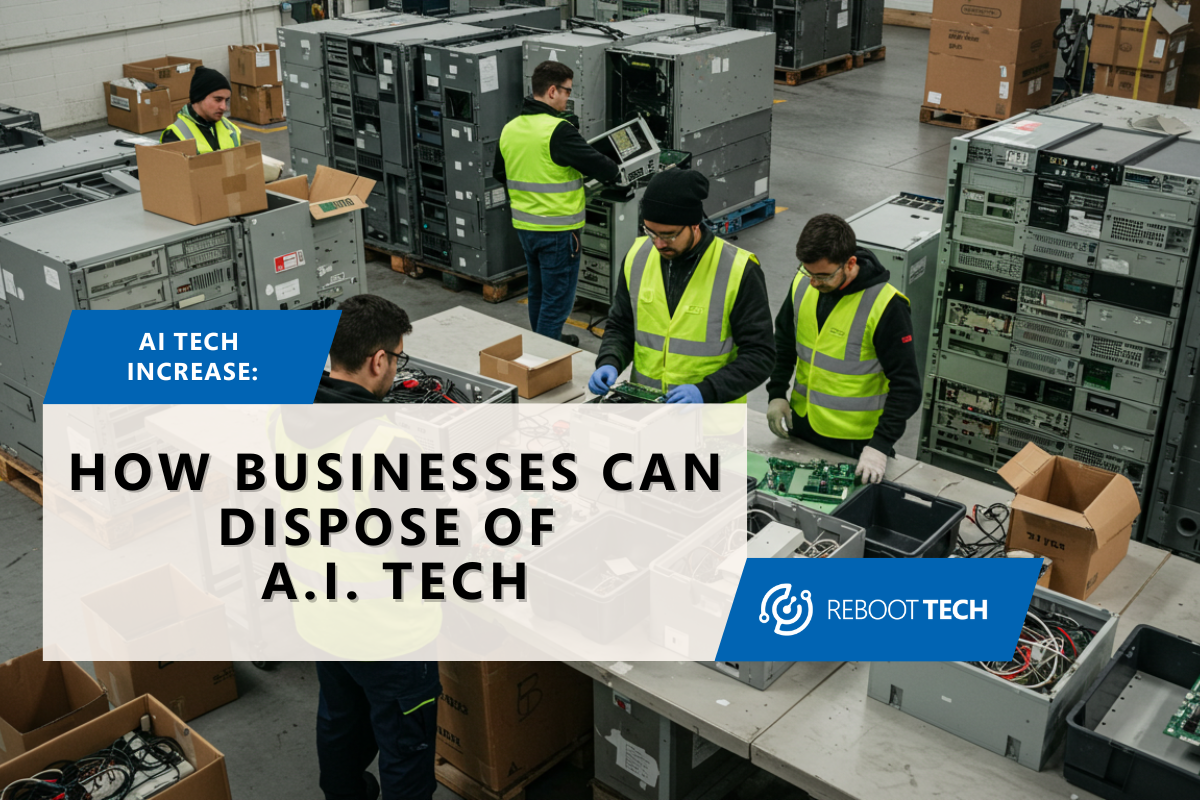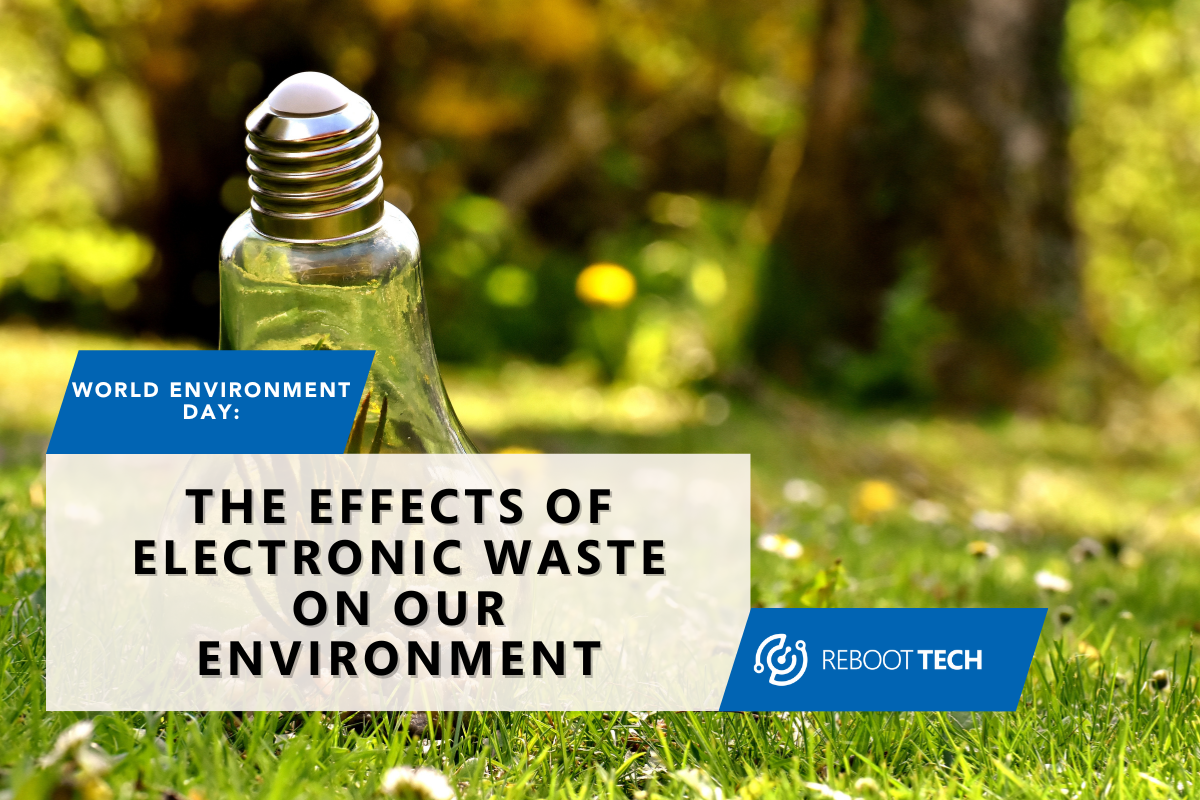
World Environment Day: Tackling the Toxic Tide of E-waste
Remember that new phone you bought recently? Feels outdated already, doesn’t it? Technology is sprinting forward – just look at the mind-blowing capabilities of large language models like CoPilot, Gemini, or ChatGPT. We might even get our personal robots in the near future as OpenAI or Tesla is hard at work making these types of robots.
Boston Dynamics’ robots are out there doing parkour and opening doors! While is all very exciting, it does mean that these manufacturers are going to have to mine for more expensive materials from the Earth to make them. The more we consume as well, leads to a higher production and demand. Unfortunately, a lot of our electronics don’t get properly recycled, which leads to an ever-growing mountain of electronic waste, or e-waste, which is a major environmental concern.
Today is also June 5th, which is an important day because it is World Environment Day. This is a global call to action to protect our planet. Intrigued? In this article, dive deeper into the rapid evolution of technology, the e-waste crisis it creates, and how we can celebrate World Environment Day by becoming more responsible consumers and protectors of our precious environment.
What is World Environment Day?
Every year on June 5th, the world comes together to celebrate World Environment Day! This important day started back in 1973, and it’s a chance for everyone – individuals, businesses, and governments – to learn more about the environmental challenges we face. It’s a day to think about how we can all work together to protect our amazing planet.
Right now, our planet is facing some big problems. Deserts are growing, droughts are becoming more common, and pollution is a big threat. These problems can harm all living things, including us! That’s why World Environment Day is so important – it reminds us that we need to take action to protect our environment.
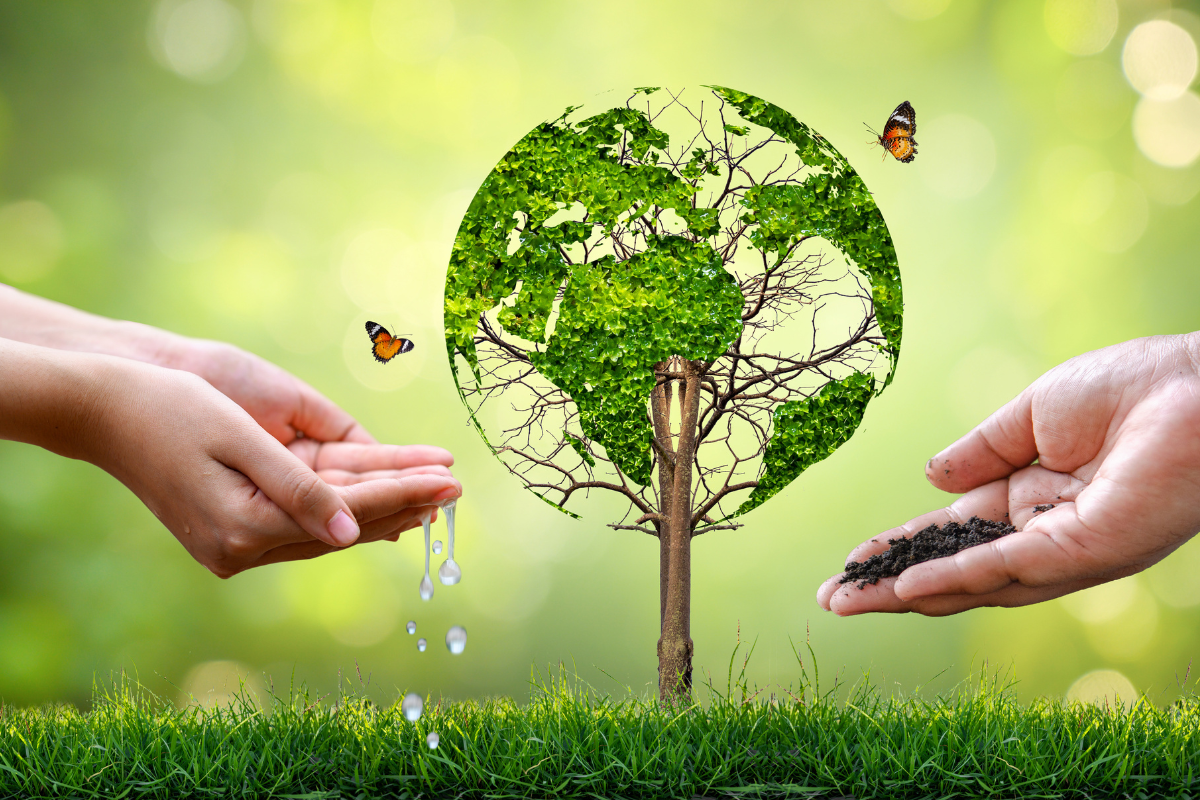
Leading climate organizations like the World Wildlife Fund (WWF) warn that 2024 might be even worse than 2023, which was the hottest year on record. The WWF highlights the increasing frequency and intensity of extreme weather events – like the powerful storms that slammed the Eastern US in early 2024. These events, along with wildfires and rising sea levels, are all consequences of a warming planet.
There’s still a chance to course-correct, but the window is rapidly closing. The UN Framework Convention on Climate Change (UNFCCC) recently held its 29th Conference of the Parties (COP29) where global leaders discussed solutions. Initiatives like the Loss & Damage fund aim to support developing nations already bearing the brunt of climate change’s wrath. World Environment Day serves as a crucial reminder that individual and collective action are necessary to slow down climate change and ensure a healthy planet for future generations.
One big environmental issue is e-waste or thrown-away electronics. We throw out old computers, phones, and TVs every day, and this waste can leak harmful chemicals into the soil and water. This year, on World Environment Day, let’s all think about how we can be part of the solution and dispose of our e-waste responsibly.
The Threat
E-waste encompasses a wide range of discarded electronic devices, including smartphones, computers, televisions, and household appliances. With an estimated 50 million metric tons of e-waste generated globally each year, this issue is escalating at an alarming rate. When this waste stream is improperly disposed of, it releases harmful substances into the environment, causing significant damage to ecosystems and human health.
For example, e-waste often contains toxic elements like lead, mercury, and cadmium. When these materials end up in landfills, they can leach into the soil and groundwater, contaminating drinking water and agricultural land. This contamination can have serious health implications, including neurological damage and kidney failure, particularly in communities near dumping sites. Additionally, the burning of e-waste to recover valuable metals releases dangerous fumes, contributing to air pollution and respiratory diseases.
How Can We Reduce E-Waste?
Reducing e-waste requires a collective effort from individuals, businesses, and governments. Here are some actionable steps we can take:
1. Extend the Lifespan of Devices: Instead of constantly upgrading, consider repairing and maintaining your electronic devices to extend their lifespan.
2. Recycle Responsibly: Ensure that old electronics are recycled through certified recycling programs, preventing them from ending up in landfills.
3. Donate or Sell Unused Electronics: Give your old devices a second life by donating or selling them to someone who can use them.
4. Support Sustainable Brands: Purchase electronics from companies that prioritize sustainability and offer recycling programs.
5. Educate and Advocate: Spread awareness about the importance of e-waste recycling and advocate for stronger regulations and policies.

Detailed Effects on the Environment
The improper disposal of e-waste has dire consequences for our planet. Here’s a closer look at how e-waste impacts the environment:
Soil Contamination
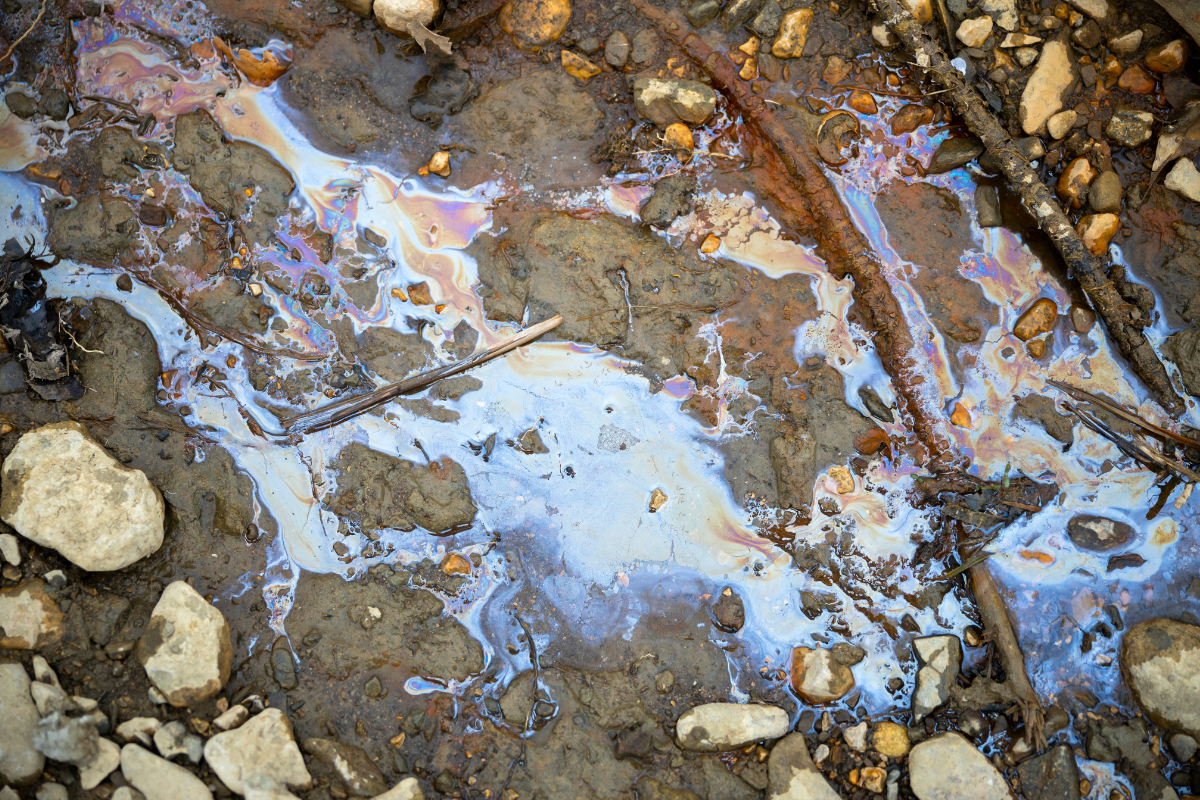
When e-waste is dumped in landfills, toxic substances like lead, mercury, and cadmium can leach into the soil. This contamination affects plant life, reduces soil fertility, and can enter the food chain, posing a serious risk to both animals and humans.
In Guiyu, China, one of the world’s largest e-waste dumping sites, studies have found dangerously high levels of toxic heavy metals in the soil, affecting the health of local residents and the quality of crops grown in the area.
Water Pollution
Toxic chemicals from e-waste can also seep into groundwater and surface water, leading to water pollution. This not only affects drinking water supplies but also harms aquatic life.
A study by the United Nations University found that in areas with high concentrations of e-waste recycling, water samples contained elevated levels of heavy metals, posing a threat to both local populations and ecosystems.
Air Pollution
Burning e-waste to recover valuable materials releases harmful toxins into the air. These emissions can contribute to air pollution, leading to respiratory problems and other health issues for nearby communities.
In Agbogbloshie, Ghana, one of the largest informal e-waste recycling sites, workers and residents are exposed to dangerous levels of pollutants due to the open burning of electronic components.
Greenhouse Gas Emissions
Discarded electronics, also known as e-waste, are a growing environmental problem. When these devices end up in landfills, they leak harmful chemicals and heavy metals into the soil and water. But that’s not all – e-waste also contributes significantly to greenhouse gas emissions.
Manufacturing new electronics requires a huge amount of energy, and the process itself releases greenhouse gases like carbon dioxide. A study by the University of California, Irvine found that greenhouse gas emissions from electronic devices and their waste jumped a staggering 53% between 2014 and 2020! Imagine the environmental impact – that’s like adding millions of extra cars on the road every year.
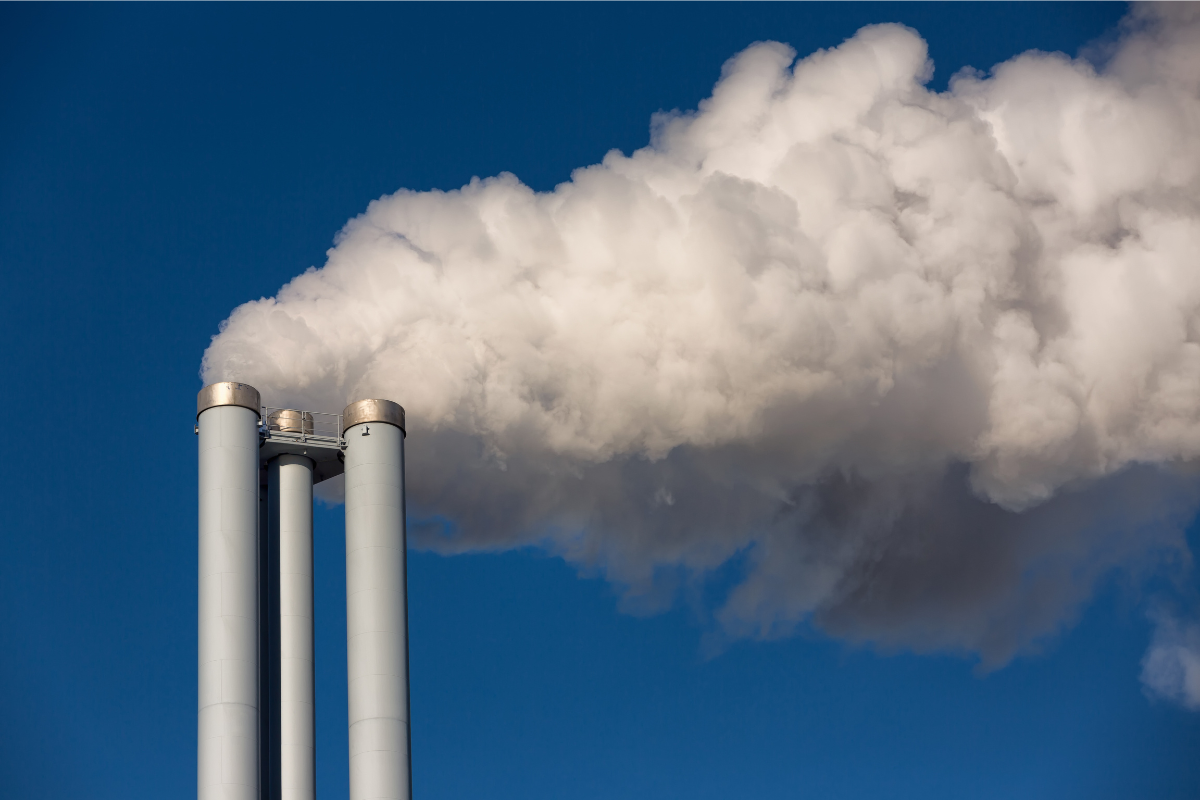
The Role of Certified E-Waste Disposal Companies
To effectively combat the e-waste crisis, it’s crucial to work with certified e-waste disposal companies like Reboot Tech. These companies adhere to stringent environmental standards and ensure that e-waste is recycled responsibly.
1. Data Security: Certified companies ensure that all data is securely erased from electronic devices before recycling, protecting sensitive information. Make sure to work with a company that does IT Asset Disposition as well, as it’s the best method of recycling electronics and removing data from IT equipment and other electronics.
2. Environmental Compliance: These companies follow best practices and comply with environmental regulations, minimizing the environmental impact of e-waste.
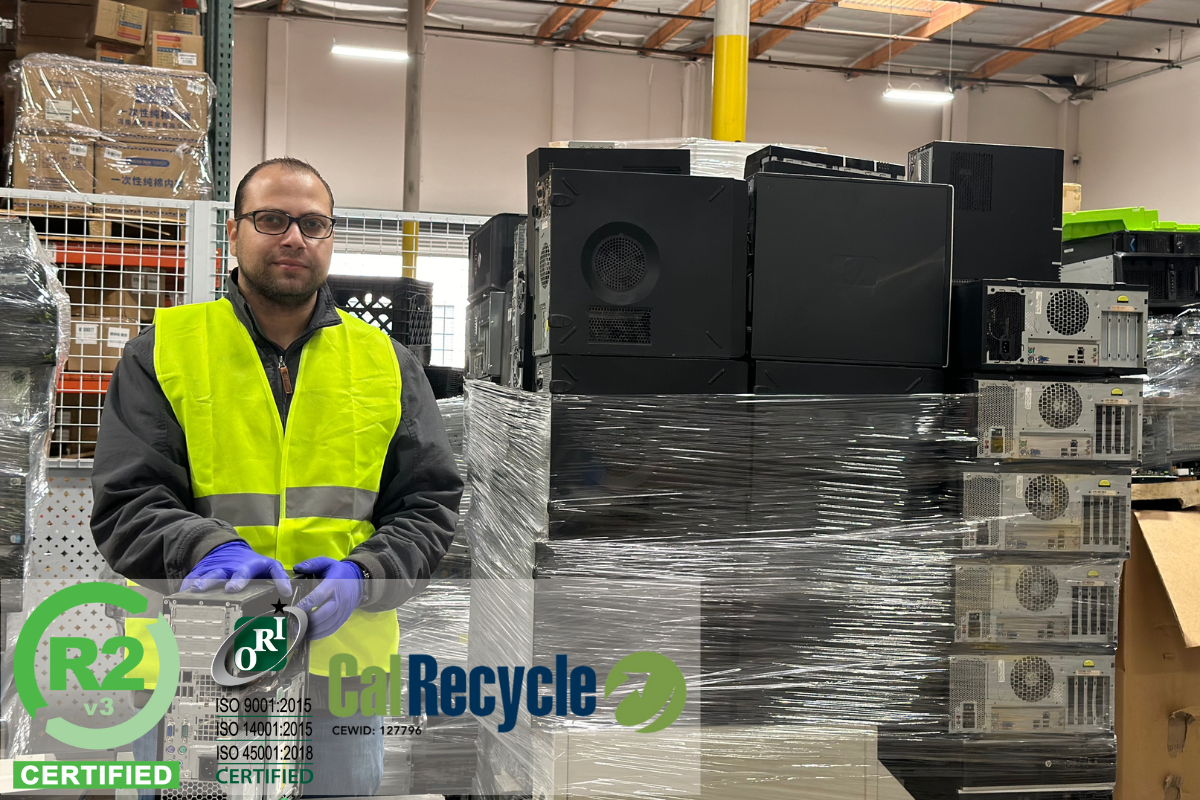
3. Resource Recovery: Certified recyclers can efficiently recover valuable materials from e-waste, reducing the need for raw material extraction and conserving natural resources.
4. Community Support: Many certified e-waste recyclers support local communities by creating jobs and promoting sustainable practices.
5. Transparent Processes: Certified companies provide detailed reports on the recycling process, ensuring transparency and accountability.
Observing World Environment Day
As we observe World Environment Day, it’s essential to recognize the severe threat posed by e-waste and take proactive steps to address this issue. By reducing e-waste, promoting responsible recycling, and working with certified e-waste disposal companies like Reboot Tech, we can mitigate the environmental impact of discarded electronics.
Let’s commit to making sustainable choices, spreading awareness, and advocating for stronger e-waste regulations. Together, we can protect our planet and ensure a healthier, cleaner future for generations to come.


